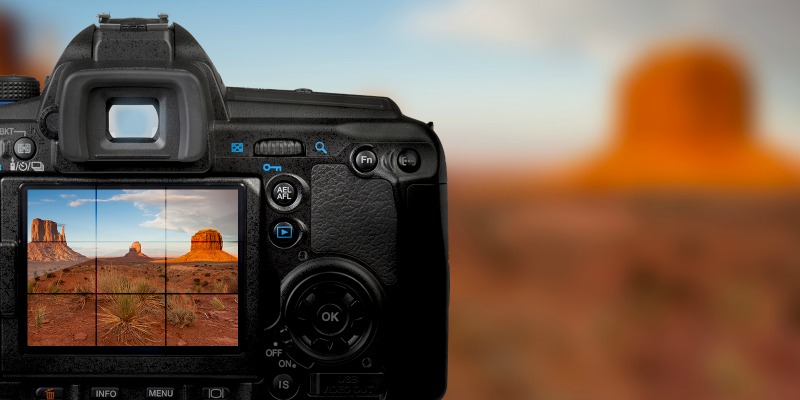Professional Photography: The Tricks Behind the Click
In this era of social self-promotion, the need for the perfect digital photo is more than just a wish for looking good – it is a way of expressing a quality, especially if you have a good eye and can catch moments that ordinary people would normally miss. Professional photographers and people who lean towards the profession would know what I am talking about: a photo that perfectly catches the colours and the scenery so that when you look at it, you can totally relate to what the photographer was thinking of when he caught that moment.
So, what does it take to make that perfect photograph? A lot of people end up disappointed when they see the photo they took because it simply doesn’t match the moment they had in mind. Blurred lines, not the right colours, wrong focus and that sort of stuff. Well, besides having an eye for amazing things, it takes a few other factors so you can get to that point: the perfect photo. First things first, you should pay a visit to a camera online store Australia wide.
Pick the Right Camera for Your Needs
The market is full of branded cameras, each one with its own qualities and features. Which naturally means that you should choose the one that will best answer your needs and requirements, not the one that’s going to cost the least. Remember rule number one when buying things that are meant to last? Never compromise the quality for the sake of saving a few dollars. So, when you browse the cameras in any camera online store Australia wide, make sure you know exactly what performances your camera should have:
- The sensor – there are two types of sensors you can choose from: an APS-C, also known as a crop sensor, or a full frame image sensor. Now, an image sensor is a component in DSLR cameras that is light-sensitive, and as such, it digitally records the image when you press the shutter. The bigger the sensor is, the better the quality of the photo will be. It is generally accepted knowledge that APS-C image sensors are bigger, therefore would provide higher quality images.
- Megapixels – megapixels are what the resolution of a photo is measured in. Just so you get the picture, camera phones have about 30-40 million pixels ( equal to 3-4 megapixels) packed into a relatively small sensor, while DSLR cameras have a lot more. However, the difference is in the size of the pixel; DSLR cameras use a pixel that’s a lot larger. As such, bigger pixels absorb light better and produce better colour.
Do Not Leave Everything to the Camera
Science claims that the human eye is capable of clearly seeing a very dark object in a very bright background, or scientifically known as dynamic range. A dynamic range is the ability to distinguish extremes of lights and darks at the same time. Since the human eye has a very high dynamic range and cameras not so much, it is only natural to rely more on your eyes for making a colour difference.
Always Be Ready
It’s not that you’ll be on a rushing train or riding a bike when the perfect moment comes, but if your camera is in our bag, or turned off, or set on the wrong settings, then you’ll definitely be sorry. Always check your settings when you’re done with a shooting; arrange them so they’re ready for the next shoot. And buy a carrier for your camera which you can wear over your neck; you don’t want to waste minutes just because it’s somewhere in your backpack.


